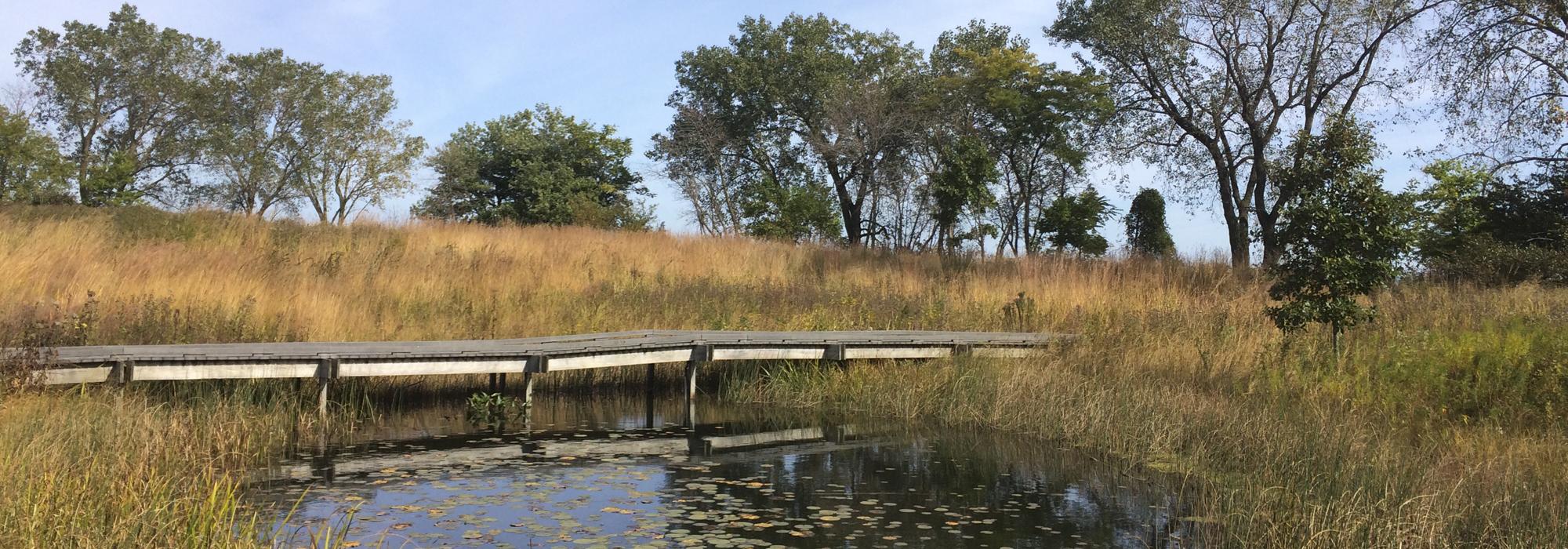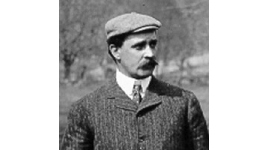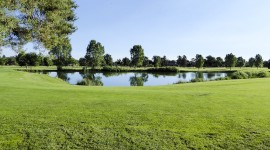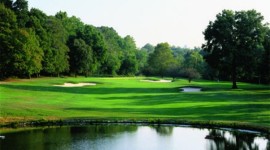Tom Bendelow Biography
Once described as “an imposter, rogue, a flimflam con artist who never played golf,” Tom Bendelow (1868 - 1936) is now recognized as the most prolific of course designers worldwide.” (From the forward to Stuart Bendelow's book, by Michael J. Hurdzan, PhD, ASGCA and Geoffrey S. Cornish, ASGCA)
Tom Bendelow was one of the pioneer architects of American golf. In a career that spanned little more than thirty-five years, he is credited with laying out well over six hundred golf courses across the United States and Canada. And by some accounts this number does not represent the total number of golf courses with which he was involved. His boundless energy and enthusiasm for the game of golf was conveyed across the country with every course he helped establish and in every community in which he worked. The landscape of many communities was permanently changed with the introduction of municipal golf courses, of which he was a strong proponent.
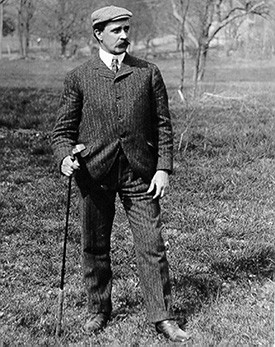
Born in Aberdeen, Scotland, on September 2, 1868, Tom was one of nine children. At the age of five he learned to play golf from his father. As a young man, Bendelow was a proficient golfer and played many of the then existing courses in Scotland and England. At this time, knowledge of the game and the ability to utilize the natural landscape were the essential qualifications for a “golf course architect”. However there was no such occupation in that day but rather the task was assumed by the “greens keeper” or “club maker”. Bendelow was trained as a typesetter for the Aberdeen newspaper.
Tom Bendelow arrived in New York City on September 21, 1892. His first job was in the composing room of the New York Herald newspaper. Bendelow soon discovered the growing interest in America in the game of golf and in the need for places to play. He began by teaching others the game and then designing courses for friends, then for groups and communities beginning around 1894. In 1895, Bendelow began an association with the A. G. Spalding & Brothers, sporting goods manufacturers, to promote the development of golf courses in the New York/New Jersey area.
Tom’s early foray into the realm of golf course design drew heavily upon his experience on Scottish courses and the methods and writings of several British designers such as Old Tom Morris, Tom Dunn, his brother Willie Dunn Jr. and Willie Park. Their methods of course layout, walking and staking the site, were the accepted and preferred practice of the time. How else was the designer to get the full feel of the land, the wind and the natural vegetation into which the course was to be laid? This was the way Old Tom laid out courses, and he was considered the top man in layout and design in his day. If it was good enough for Tom Morris and the Scots, then it was certainly good enough for the “colonists”.
Over the next several years Tom’s reputation as a golf course designer grew rapidly in the metropolitan area. His personal contacts and working association with A.G. Spalding enabled him to redirect his vocation from the newspaper business to golf course development. Then in 1898, the New York City Parks Department hired Bendelow to redesign and expand the Van Cortlandt Park Golf Course in New York City. Van Cortlandt Park had opened in 1895 as one of the first public golf courses in the United States; Bendelow’s redesign would make it the first public eighteen hole in the U.S. Bendelow supervised the construction work, the maintenance of the course, the operation of the facility and the training of personnel. This experience with both overseeing the design and the operation of a public golf course was unique for his day and was to influence his future manner of course design and consultations with local communities.
The overwhelming success experienced at Van Cortlandt Park would set an example that communities across the country sought to emulate. Recognizing the business potential, Spalding & Brothers hired Bendelow away from the New York City Parks Department, moved him to the firm’s headquarters in Chicago as the firm’s Golf Department Manager. As Spalding’s representative, Bendelow traveled the country from coast to coast and into Canada laying out or remodeling golf courses for clubs and municipalities. Tom was a particularly strong supporter of public golf courses and used every occasion to promote their development and use. Many of his early travels were by automobile to small towns that had little in the form of public park facilities. Instilling the idea of spending public monies on a landscape for golf that might not be financially burdensome to the locality required evangelic zeal. Bendelow was up to the task. He felt that if he could just get the community started, their enthusiasm for the game would grow and lead to bigger and better recreation facilities.
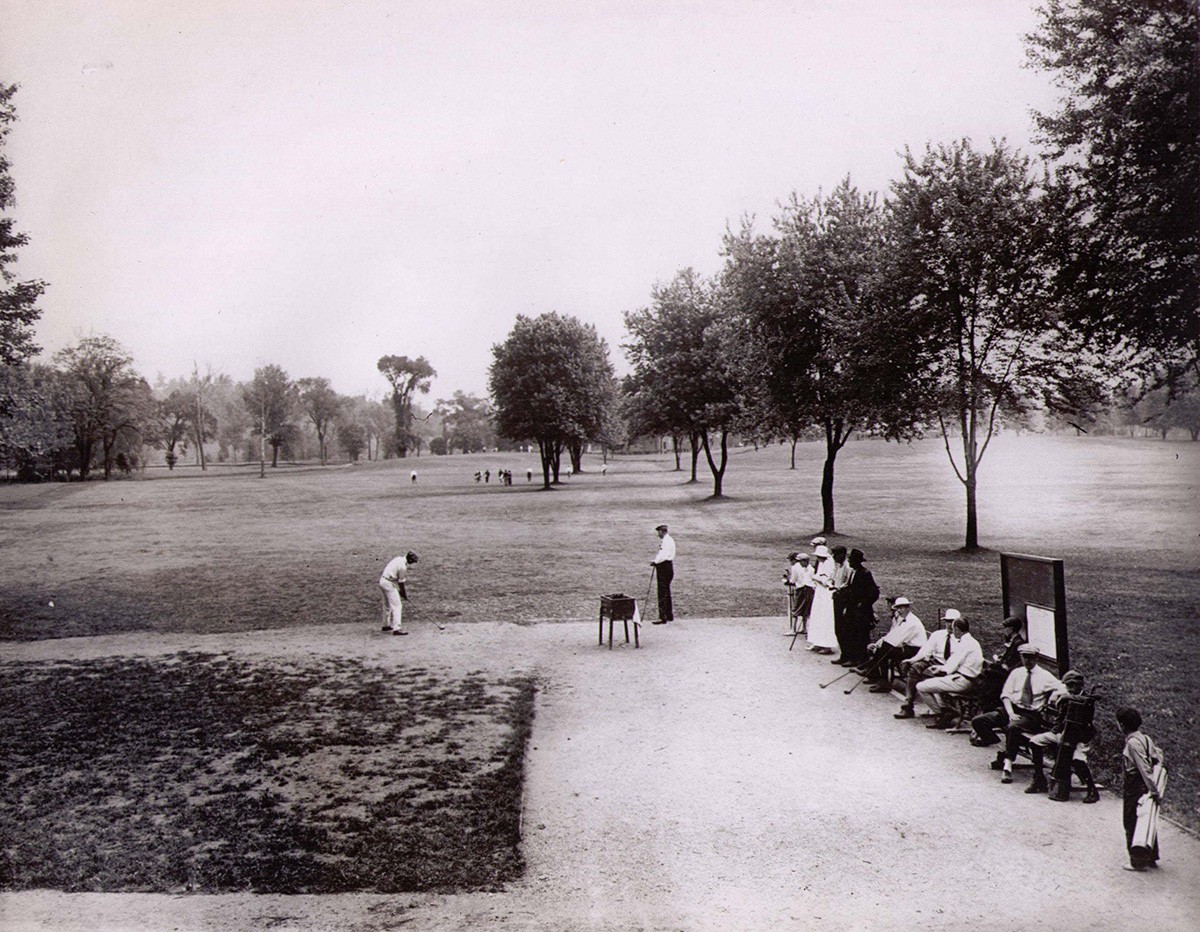
Over the two decade period that Bendelow was association with Spalding & Company, he was acknowledged to have designed more than 500 courses across the United States and Canada.
It was during this period that Bendelow also began an association with the University of Illinois, conducting an annual series of lectures on golf course design and landscape maintenance. He was the first designer to conduct such open discussions of course design and landscape usage. This may have been the first such institutional instruction in golf course design in the U.S.
In 1920, Bendelow joined the staff of the American Park Builders as chief designer, located in Chicago. It was during this time with the American Park Builders that he undertook some of his biggest if not most notable design efforts. Among his many designs were Lakewood County Club in Colorado, Dubsdread Golf Course in Florida, Evansville Municipal in Indiana, City Park Municipal in Louisiana and the three courses at Medinah Country Club in Illinois. The later were considered by many as some of his best work. He served as the firm’s chief designer until the firm’s demise in 1933.
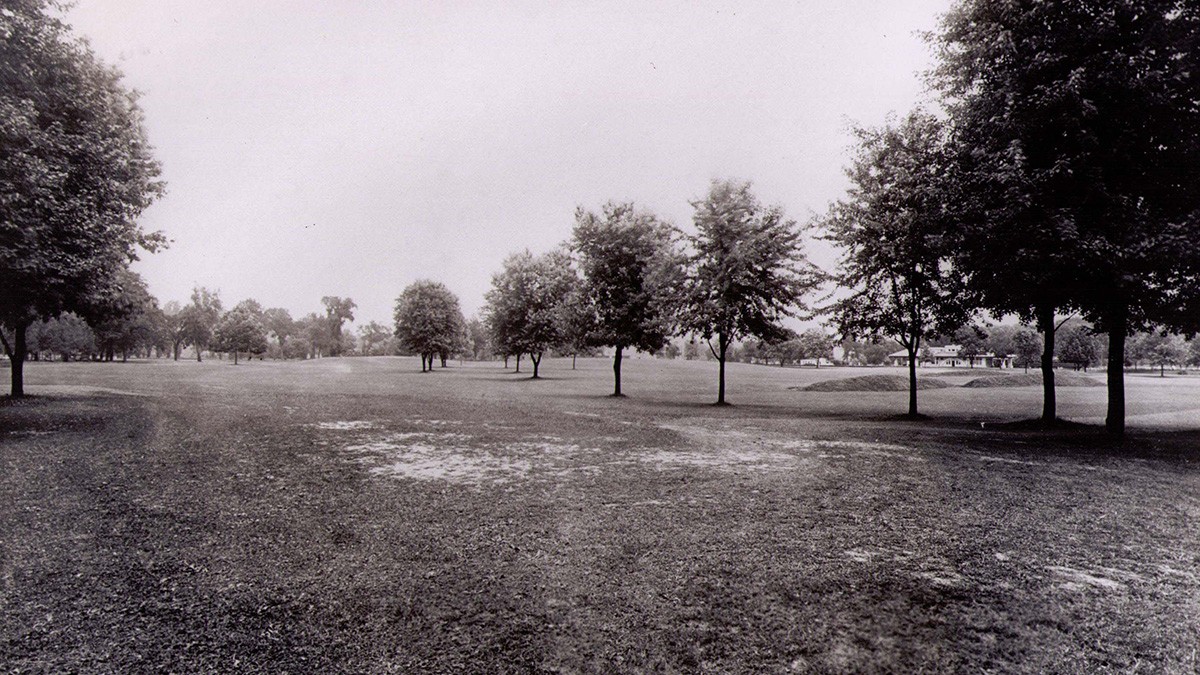
Exactly how many golf courses Tom Bendelow was involved in designing, expanding or remodeling is not clearly known. Many courses that he designed no longer exist, some of the clubs have moved to new locations, others have had a remodeling job done by another architect who was then listed as the course designer or, in many cases; the records have simply been lost. A feature article in the February 1923 issue of Golfers Magazine credits Tom with the design of over 600 courses. And this was more than ten years before he ceased active design work. In a design pamphlet prepared for the American Park Builders, circa 1925-27, an estimate of over 800 courses is cited. Clearly he was the most prolific golf course designer this country has seen or probably will ever see: justifiably deserving of the designation given him as - “the Johnny Appleseed of American Golf”.
Tom Bendelow passed away on March 24, 1936 at his home in River Forest, Illinois.
Bibliography
Thomas “Tom” Bendelow, The Johnny Appleseed of American Golf,
by Stuart W. Bendelow, Williams & Company, Publishers, Savannah, Georgia, 232 pages, 2006
ISBN 1-878853-80-5
Shaping the American Landscape: New Profiles from the Pioneers of American Landscape Design Project (University of Virginia Press, 2009)
All Images courtesy the author.



